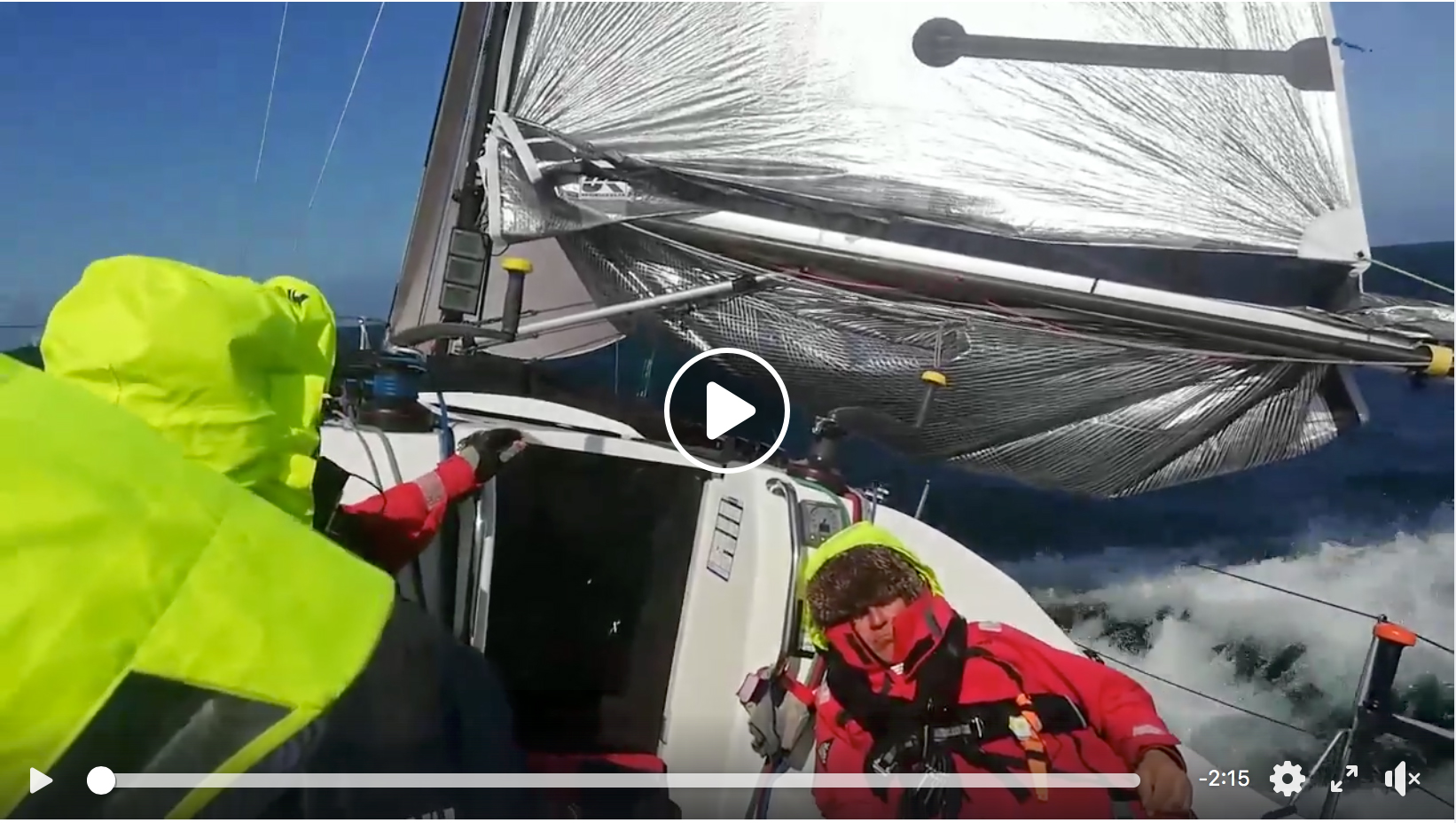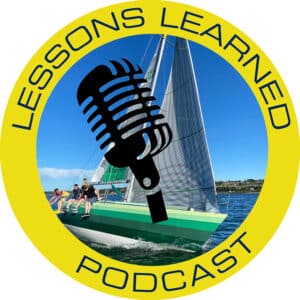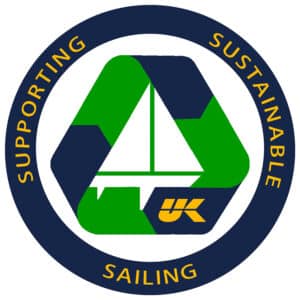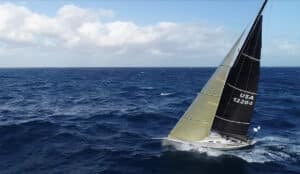By Morten Christensen
This year’s Skagen Race, a 110-mile run south from Oslo, Norway to the town of Skagen at the northern-most point on the mainland of Denmark was sailed in horrific conditions as they were racing in a gale most of the way. Over 200 boats were registered and only 25 boats finished the race. The following is first-hand story was written by the owner of the Barvaria Match 35 BETTY BOOP II, which finished second in class. Her inventory of X-Drive Endure sails and a storm jib got her across the finish line to second in class after surviving 23 hours and 40 minutes on the race course.
Morten’s report:
The weather forecast had called for harsh conditions with winds increasing to gale or more; but since we are planning to attend this year’s Shetland Race that goes from Bergen, Norway, across the North Sea to the Shetland Islands and back, we figured we just had to do this one to prepare as the North Sea can be rougher than this course.
While sailing to the start line, the wind instruments stopped working. Even two of the crew below trying to fix the instruments for the start and the first half hour of the race, BETTY BOOP started passing boats while reaching with the No. 3 jib.
Nearer to Færder Lighthouse (at the southern point of the Oslo Fjord), conditions started to get rough. The wind shifted to a beat and the waves started getting closer to the forecasted 2-3 meters. One of the crew got seasick and remained out of action for the rest of the race.
The wind eased a bit while sailing through the night along Sweden’s west coast, but then picked up again, and blew stronger than ever and the waves got bigger. At the farthest checkpoint in Sweden, we were sailing with a reef in the main and switched from the No. 3 genoa to a No.5 , our storm jib. Those making the sail change got soaked battling the two sails on the foredeck.
At this time the chart plotter, a PC below deck, turned off. One of many waves must have found its way down there, leaving the smell of burned transistors, a black screen and a computer that refused to boot.
Having no wind instruments and no regular plotter made us nervous and would have been good reasons for quitting the race; but we decided to use the plotter-app on a tablet for the beat to Denmark. We had run into equally bad conditions about six years ago in this race where we decided to throw in our hand; but this year we knew we were better prepared. We wanted to see what we and the boat could handle. Storm sailing isn’t dangerous if done right.
In the Skagerak, the wind and waves got to their worst. We had still no electronic means of knowing the wind speed, but according to the Beaufort scale descriptions of whipping sea spray, it must have been somewhere around a severe gale — the farthest end of Force 9. The spray from the ocean hit your face and felt like hail, making it painful to keep your eyes open. The average wave size was four meters with five to six meter waves mixed in.
When we were overpowered with two reefs in the main, we dropped the main entirely. Under just the storm jib we were doing seven knots. It now started raining, but that didn’t matter much as we had been soaked for hours. We tacked a few times to keep clear of the container ships passing through the course. While trying to raise the boom to make the tacking safe for the crew, the halyard got loose. It flew around in the wind like Indiana Jones’ whip. For safety sake, we decided to pull it to the top of the mast and retrieve it later.
Close to the finish line, the wind eased off some and we figured it would be a good idea to hoist the main. The crew felt too seasick to climb up and get it, so we decided to hoist the main with the spinnaker halyard, which was possible as long as the two reefs were not shaken out. We also hoisted the No. 4 jib and finally crossed the finish line after almost 24 hours of washing machine-like conditions, which were said to be the worst weather in the history of the race. According to the race committee the highest recorded wind speed was 24 meters per second, about 45 knots, in the Skagerak. No sails or crew members were harmed in the race, but the boat needs some TLC, especially regarding to emptying it of sea water.
Editor’s Note: While sailing through a storm can be terrifying, wet, cold and uncomfortable, it is great to find out that we can do it and do it safely as Morten said. The proper equipment, and practice with it, is important. Besides, you get to tell great stories once you are warm and dry!




